Steps to Developing a Science-Based Target
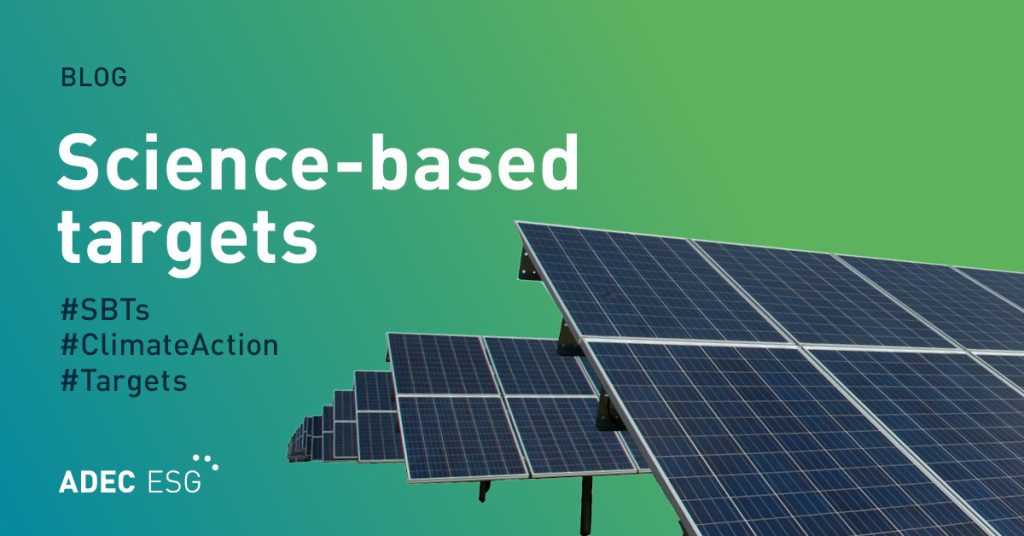
As global regulations and supplier requirements for climate disclosure and action increase, more companies are looking to set and commit to science-based targets. In this blog, we will explore how to set science-based targets in line with a 1.5°C future.
Exploring Emissions Cap Programs: Washington’s Cap-and-Invest

With Washington’s cap-and-invest program now in full swing, we’re discussing goals, timelines, and how it may impact your organization.
Exploring Emissions Cap Programs: California’s Cap-and-Trade
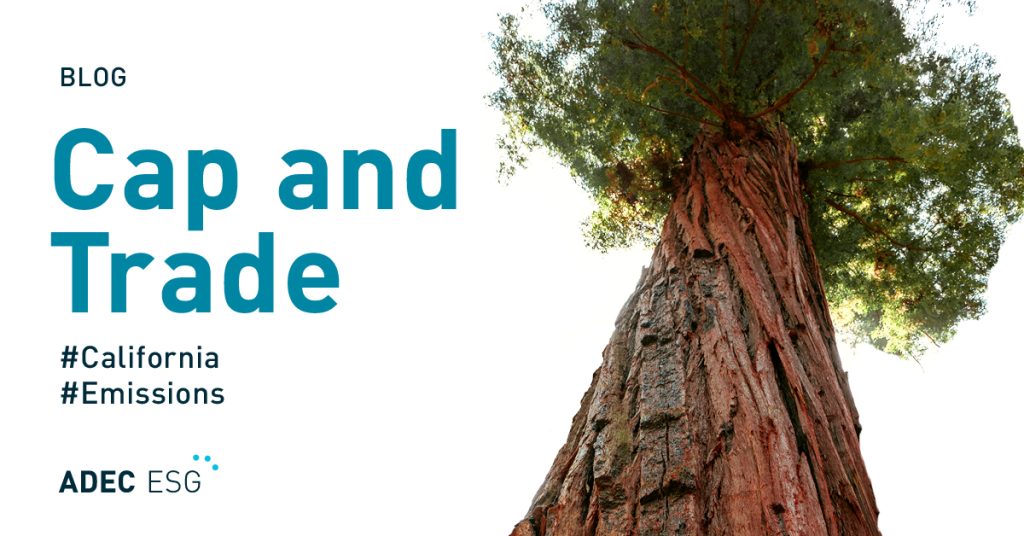
We’re kicking off this series on emissions cap programs with California’s cap-and-trade program, which started in 2012.
California’s Climate Corporate Data Accountability Act (SB 253) Explained

In 2023, California signed SB 253, the Climate Corporate Data Accountability Act, into law. What does this mean for your organization and its GHG emissions data reporting programs?
Back to Basics: The Essentials of GHG Inventories
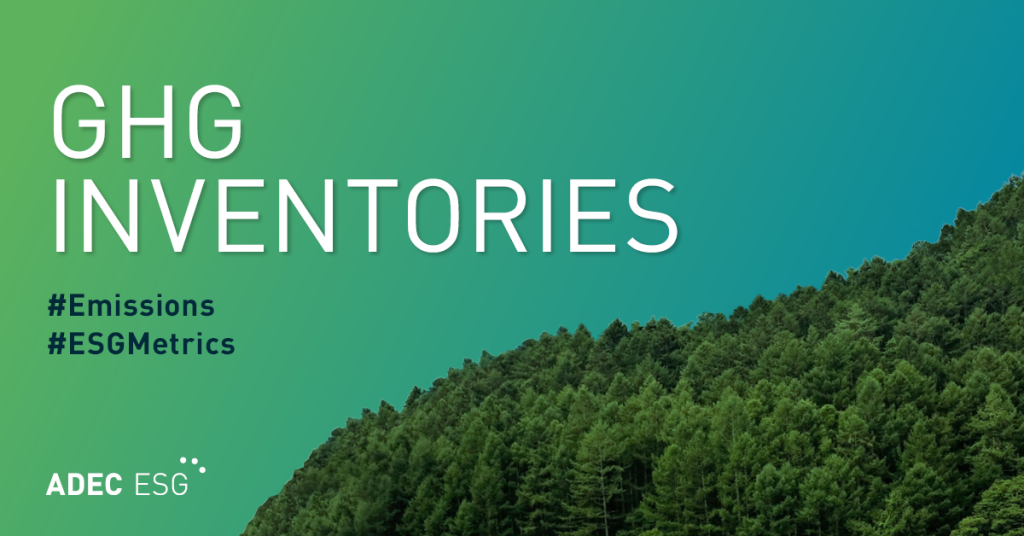
With stricter ESG reporting regulations rising in popularity around the world, understanding your greenhouse gas data is more important today than it has ever been before. In this article, we review the essentials of GHG inventories and what you should consider before getting started.
Growing Trends: Greenhouse Gas Emission Verification
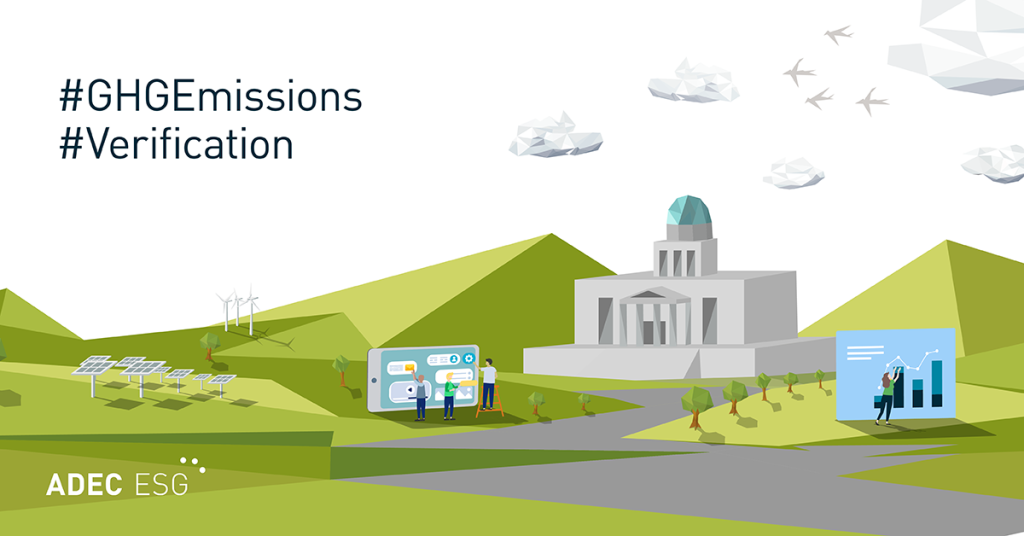
Verification of environmental data allows for a more accurate, targeted approach to reducing greenhouse gas emissions. In this article, we dive into what the verification process looks like, the principles behind verification standards, and how to choose the right standard for your organization.
How Do I Calculate My Organization’s Greenhouse Gas Emissions?
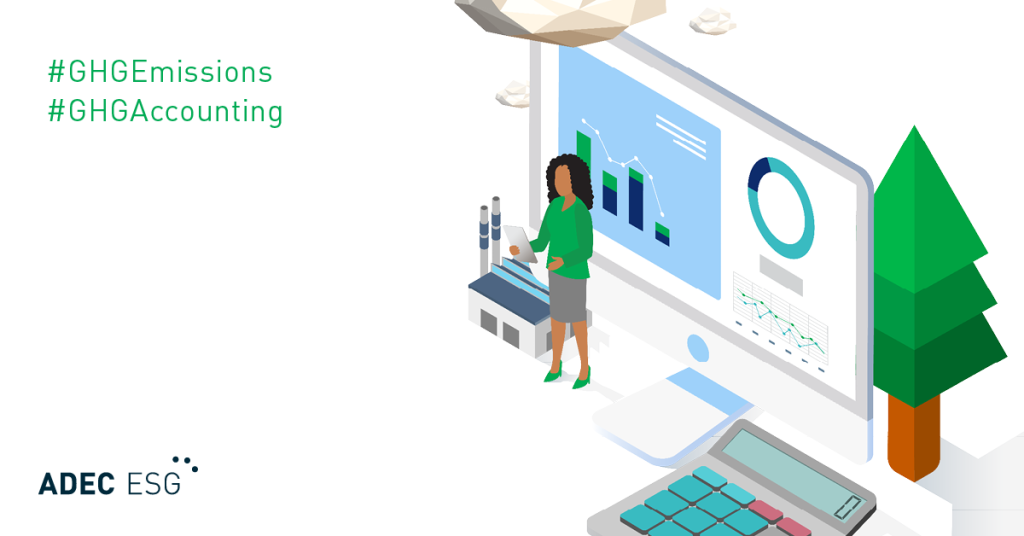
Accounting for your organization’s greenhouse gas emissions may seem daunting, but in this blog post, we’ll help break down the process into simple steps to help you get started.
Turning Corporate GHG Inventory Data into Action: Identifying Key Net Zero Strategies
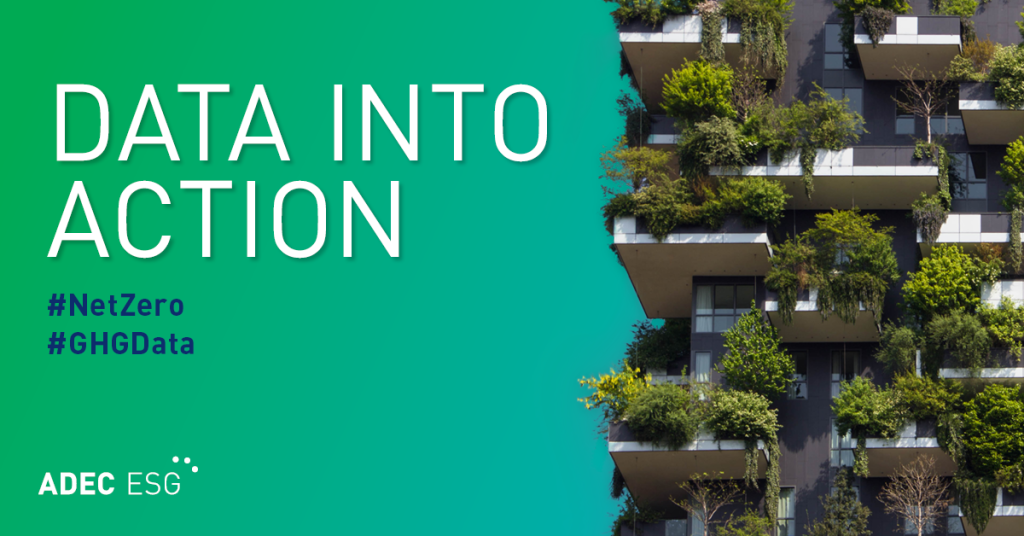
Your company has reported its greenhouse gas emissions and is considering committing to a science-based target. Now what? We will walk through how to use your inventory data to identify net-zero strategies and reduce emissions, turning data into evidence-based action.
Scope 3 Emissions Under the SEC’s Proposed Rule

In recent years, governments globally have enacted ESG-related disclosure regulations on companies that operate within their borders in an effort to increase accountability around climate risks and impacts.
Understanding Your Scope 3 Inventory: Examining Relevancy

What steps should you take to begin your scope 3 GHG emissions inventory? Below, we explore a few of the reviews and analyses you’ll need to get started.
KPI Monitoring: Challenges and Opportunities in Decarbonization
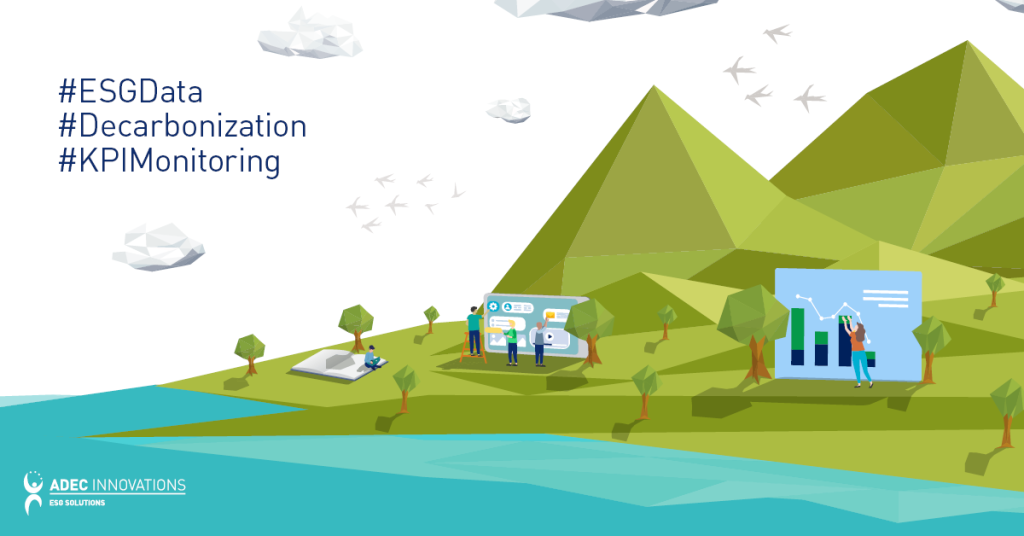
Greenhouse gas (GHG) data tracking for decarbonization can pose many challenges. Can we turn those challenges into opportunities?
Your GHG Questions Answered

Do you have questions about GHGs, decarbonization, and carbon accounting? Get the answers in our greenhouse gas FAQ round-up.
How to Account for Remote Work in Your GHG Inventory
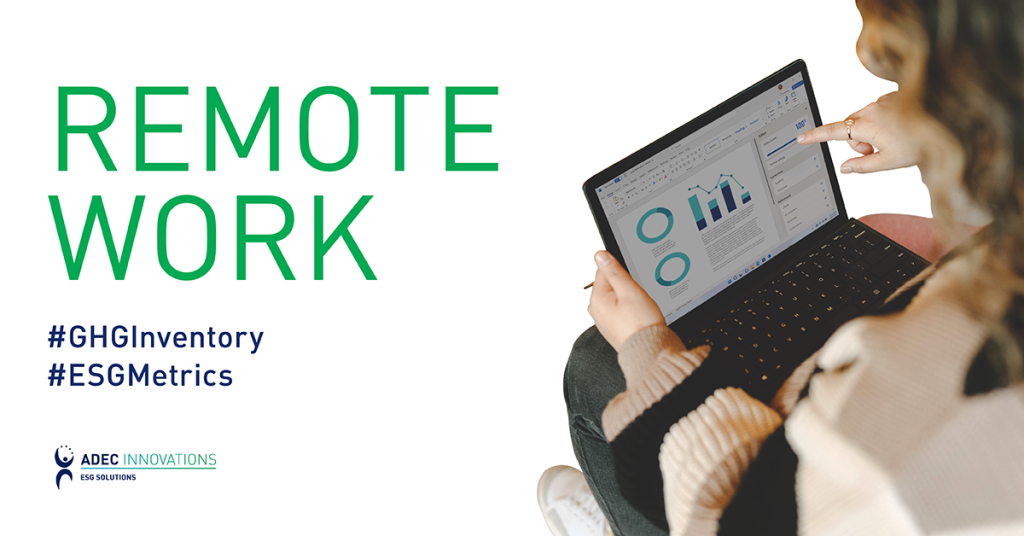
With working from home now a part of everyday life for many companies and their employees, it’s important to account for emissions from remote work in your GHG inventory.
How To Use Internal Carbon Pricing in a Meaningful Way
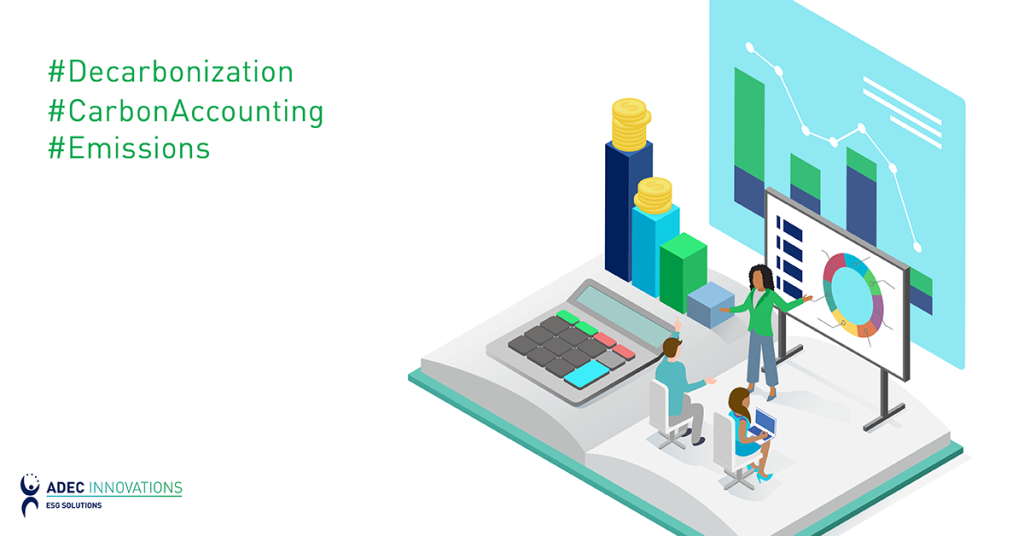
Setting an internal carbon price can help you draw direct connections between emissions reduction goals and business goals.
Streamlining Decarbonization (Webinar Recap)
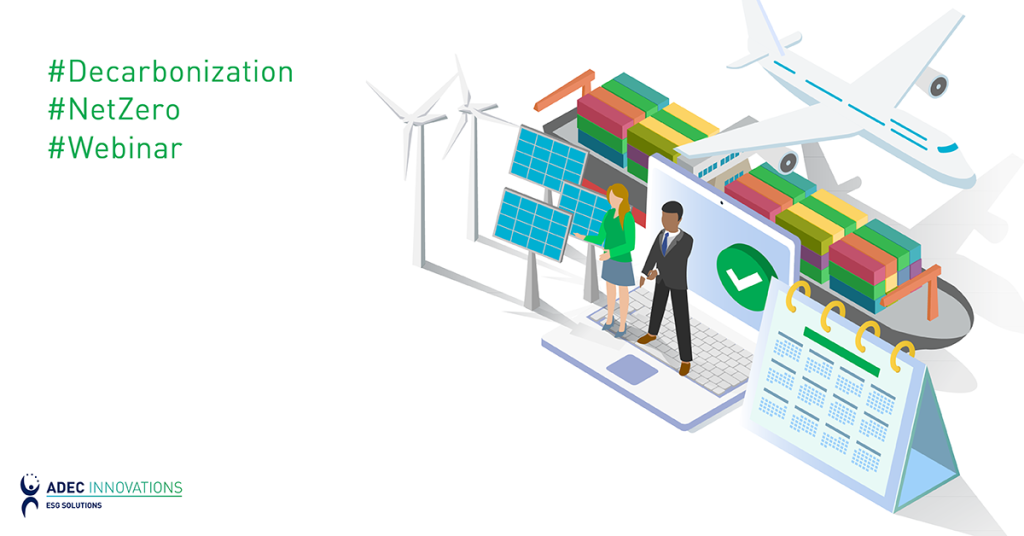
Decarbonization has become one of the ruling topics in the ESG space, but for many companies, it may seem like a daunting undertaking. It doesn’t have to be.
Inflation Reduction Act of 2022: What It Means for Your Climate Strategy
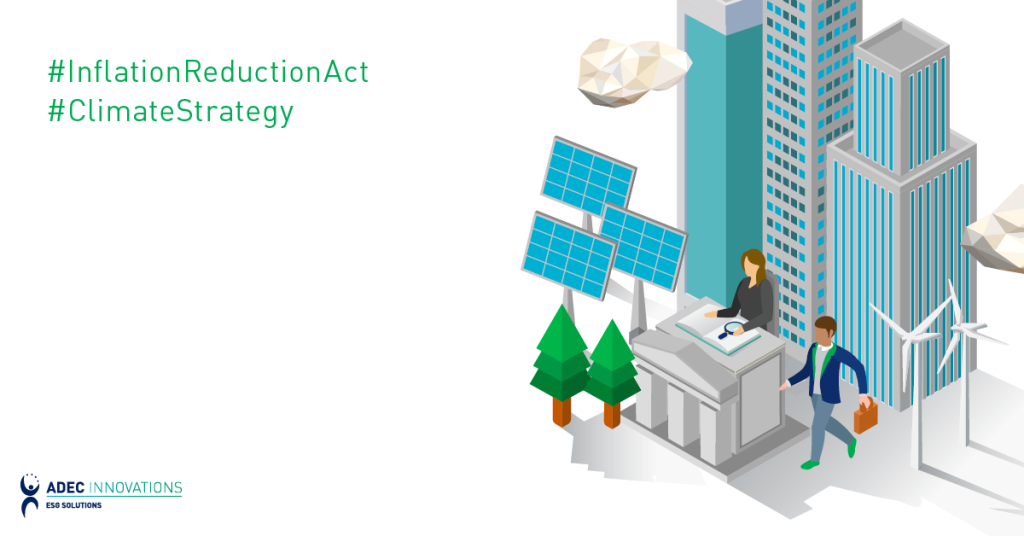
The Inflation Reduction Act of 2022 promises historic investments in building the clean energy economy and reducing emissions. What do these changes mean for businesses like yours, and how does the Act support companies on the path to decarbonization?
4 Ways to Engage Your Supply Chain on Scope 3 GHG Emissions
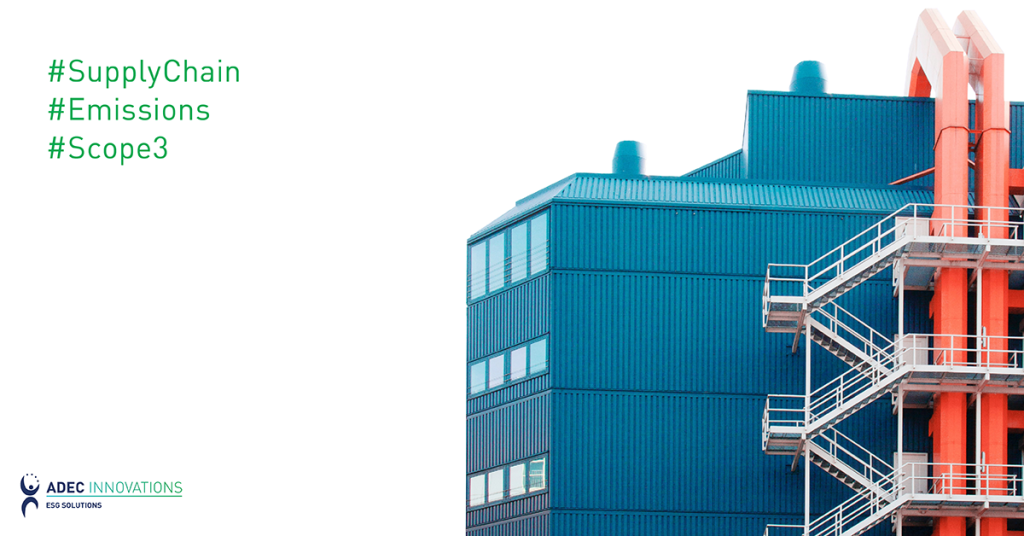
To help you improve your scope 3 emissions management, we’re taking a look at how emissions are impacted by your value chain and breaking down four key ways you can start engaging suppliers to work towards your ESG goals.
How Do I Calculate Scope 3 Emissions?
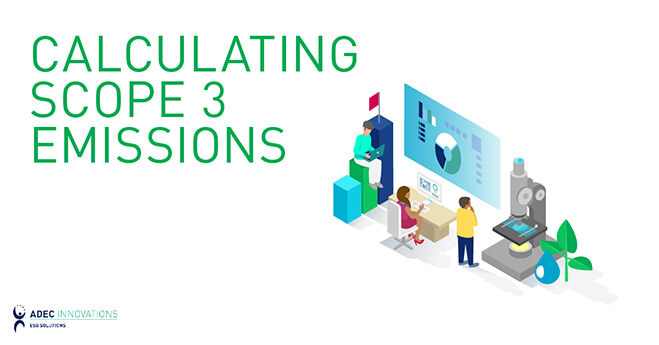
Looking to learn more about GHG inventories, including scopes 1, 2, and 3 emissions? In this post, ADEC ESG analyst Tyanna Bui explains scope 3 emissions and how to calculate them.
Carbon Offsets Explained
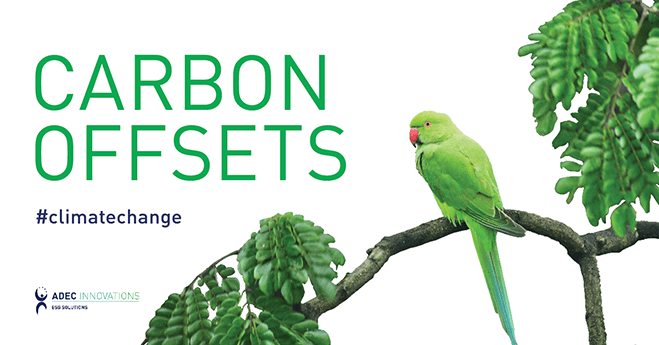
We explain carbon offsets: what they are, what they do, and how you can determine whether or not they’re right for your organization.
ADEC ESG Welcomes Cameron-Cole

ADEC welcomes our newly acquired partner Cameron-Cole, a pure-play environmental and sustainability consulting business. Join us as we begin a new and exciting chapter together as we continue to innovate the environmental science and sustainability industry.
Celebrating California Clean Air Day

“Clean air” has been a buzzworthy concept surrounding the environmental movement since the Clean Air Act of 1970, which was passed to help limit pollution and improve human health. But what does it mean to have “clean air” and how can we, as individuals, help to achieve it?
California’s Emissions Target Success – A Global Context

The California Air Resources Board (CARB) announced on July 11, 2018, that the state has met its greenhouse gas (GHG) emissions reduction targets four years before the target year of 2020.
Setting Science-Based Targets to Reduce GHG Emissions

Adopted by representatives of 195 countries at the 21st Conference of the Parties (COP21) in 2015 and signed in New York in 2016, the Paris Agreement set the universal goal of keeping the rate of global temperature rise this century less than 2°C above pre-industrial times.
Ontario Now Has the Second Largest Cap and Trade Market in the World!

The second largest carbon market in the world was created on January 1, 2018 when Ontario’s cap and trade program was linked with those of California and Quebec in the Western Climate Initiative (WCI). This means Ontario, California, and Quebec will be holding joint auctions of greenhouse gas (GHG) emissions allowances, and also have harmonized regulations and reporting. The international provincial and state governments’ announcement made on September 22, 2017 pledged for them to work cooperatively. By doing so, they are effectively bypassing climate action delays or inaction at the federal level of government, and already this has had an impact on other international cap and trade programs.
If the Cap-and-Trade Charge Is Not a GHG Emissions Tax, Then What Is It?
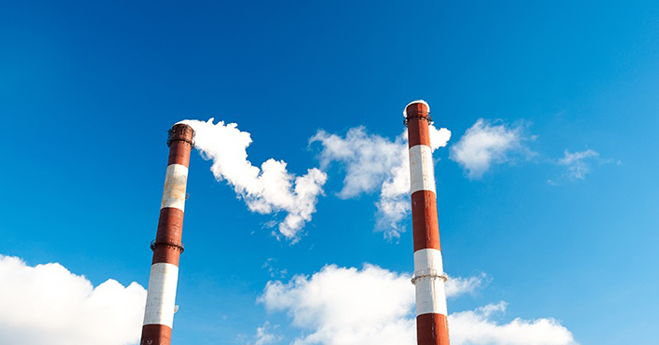
When the cap-and-trade charge was added to Ontario consumers’ bills for fuel at the pump, electricity, and natural gas, the public reacted like it was another tax.
Why the Ontario Cap and Trade Program is Here to Stay

Some in the business community are uncertain whether the Ontario Cap and Trade (CT) program will survive a Progressive Conservative win in the provincial election scheduled next year, but there is no need to worry.
Forest-Risk Commodities: A Major Cause of Deforestation, Emissions and Climate Change

Climate change and the UN’s Sustainable Development Goals (SDGs) are the new compasses for businesses, says Paul Simpson, CEO of CDP, in a new report called “Revenue at risk: Why addressing deforestation is critical to business success.”
The Commercial Viability of Carbon Capture and Storage to Mitigate Carbon Dioxide Emissions

Carbon Capture and Storage is not new – there are several different CCS technologies, and the CO2 can be stored underground or underwater.
How Hotels Can Become More Sustainable Through Data

For the hospitality industry, being eco-friendly may mean getting certified or meeting compliance requirements, and can be a point of differentiation that sets a hotel apart as unique, attracting a niche market.
Is a Carbon Tax the Same as Cap and Trade?

There is a lot of confusion between cap and trade (C&T) and a carbon tax. This blog will clarify the difference.